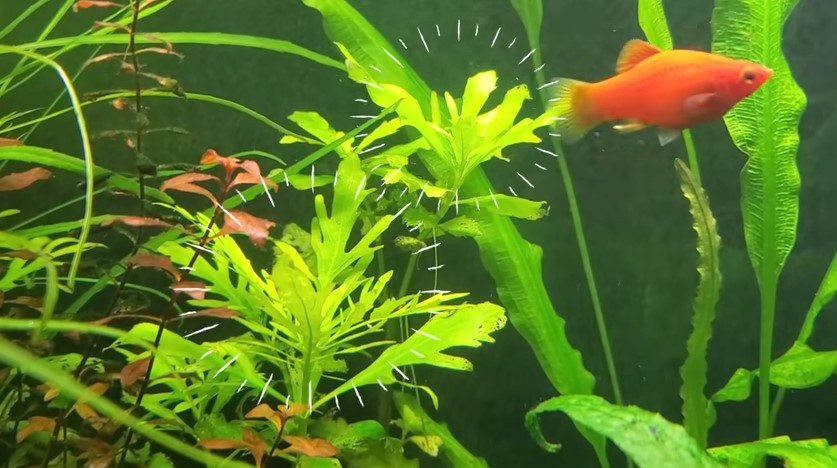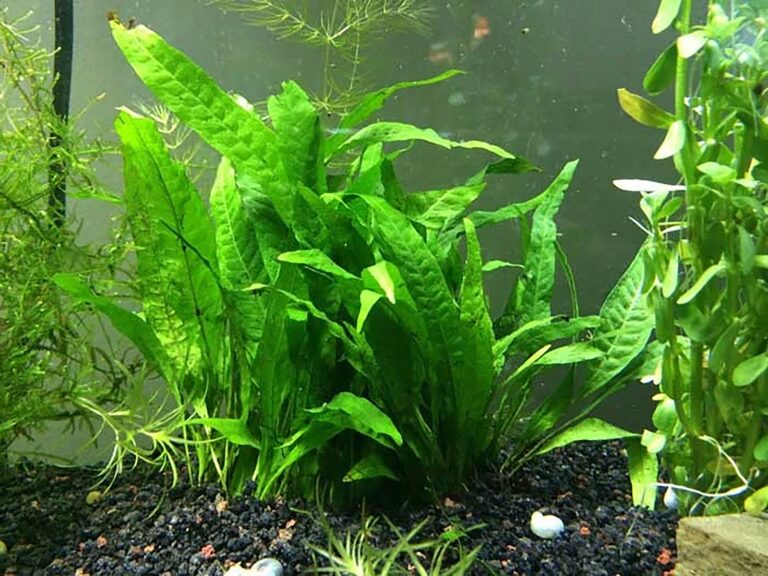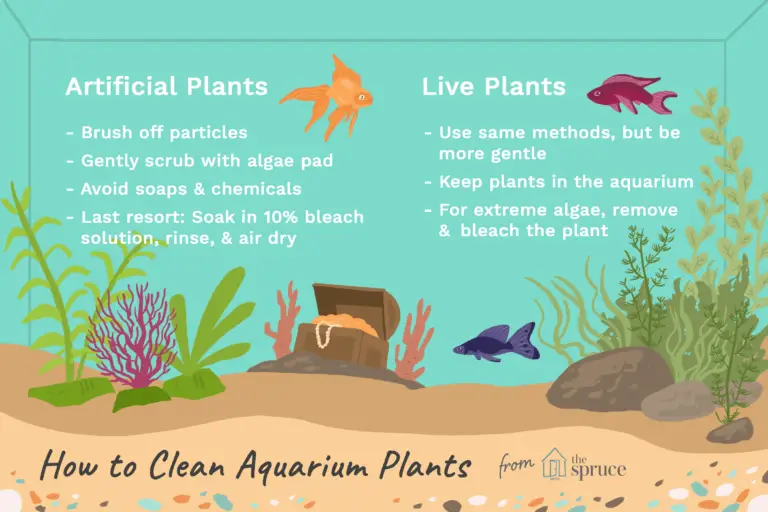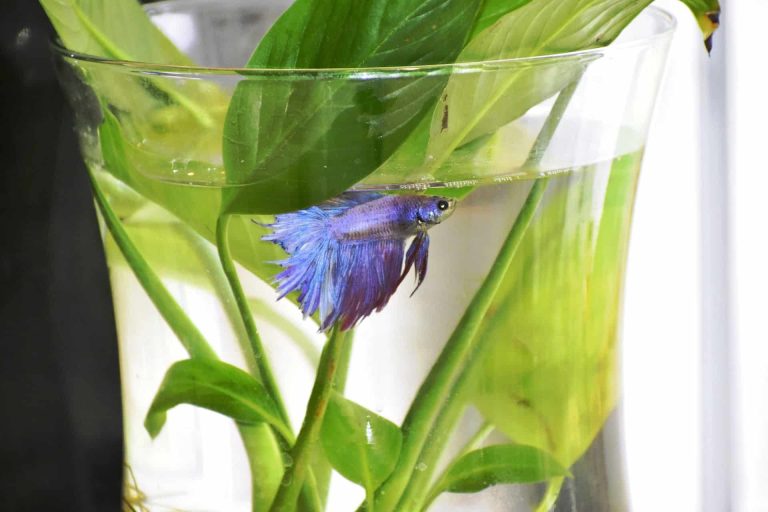Aquarium Plants Turn Yellow
Aquarium Plants Turn Yellow: Causes and Solutions
Aquarium plants add beauty and life to any fish tank. But what happens when those vibrant green leaves start turning yellow? It can be concerning for any aquarium enthusiast. Don’t worry, though. In this article, we’ll explore the reasons why aquarium plants turn yellow and provide solutions to help you restore their health and beauty.
Why do aquarium plants turn yellow?
When aquarium plants turn yellow, it’s usually a sign of an underlying problem. There can be several reasons for this discoloration, including:
1. Nutrient deficiency: Just like any other plant, aquarium plants require proper nutrition to thrive. Lack of essential nutrients like nitrogen, phosphorus, and potassium can cause their leaves to turn yellow. These nutrients are usually obtained from the water column or through the substrate. Insufficient light can also hinder the plants’ ability to absorb and utilize these nutrients efficiently.

2. Poor water quality: Inadequate water quality can have a detrimental effect on aquarium plants. High levels of ammonia, nitrites, or nitrates can stress the plants and cause yellowing. Additionally, excessive organic waste, such as decaying plant matter or fish waste, can contribute to yellowing leaves.
3. Algae overgrowth: Algae can compete with aquarium plants for nutrients and light, leading to nutrient deficiencies and yellowing. Algae can thrive when there is an imbalance in the aquarium’s ecosystem, such as an excessive nutrient load or inadequate water circulation.
4. CO2 deficiency: Carbon dioxide (CO2) is an essential component for photosynthesis in aquarium plants. Without sufficient CO2 levels, plants may struggle to produce energy, leading to yellowing leaves. In low-tech setups without CO2 injection, it is especially important to maintain proper CO2 levels through natural means, such as surface agitation.
5. pH imbalance: Aquarium plants have specific pH requirements for optimum growth. If the water’s pH deviates too much from the plants’ preferred range, they may exhibit yellowing leaves as a response to stress.
How to address yellowing aquarium plants?
Now that we understand the possible causes, let’s explore the solutions to address yellowing aquarium plants:
1. Assess nutrient levels: Test the water parameters to check for nutrient deficiencies. A comprehensive water testing kit will help determine the levels of ammonia, nitrites, nitrates, and other essential nutrients. If deficiencies are detected, consider using liquid fertilizers or root tabs to supplement the plants’ nutrient intake.
2. Improve water quality: Regular water changes are essential to maintain optimal water quality. Aim for weekly water changes of 20-25% to remove excess nutrients, waste, and algae spores. Use a high-quality water conditioner to neutralize harmful chemicals in tap water and maintain proper pH levels.
3. Control lighting: Adjust the duration and intensity of lighting to meet the needs of your aquarium plants. Most aquarium plants require 8-10 hours of light per day. If you notice excessive algae growth, consider reducing the lighting period or investing in a timer to ensure consistent lighting cycles.
4. Introduce algae-eating fish or invertebrates: Adding algae-eating fish, such as Siamese algae eaters or nerite snails, can help control algae growth in the tank. These natural cleaners will consume algae and help restore the nutrient balance for your plants.
5. Consider CO2 supplementation: In high-tech setups, injecting CO2 can significantly benefit plant growth. CO2 diffusers or CO2 injection systems can be used to provide an additional source of carbon for your plants. However, it’s important to monitor CO2 levels closely to avoid causing harm to your fish.
6. Adjust pH levels: If your aquarium’s pH is too high or too low for the plants you have, consider using chemical additives or natural buffers to bring it within the ideal range. However, gradual changes are recommended to avoid shocking the aquatic ecosystem.
Frequently Asked Questions
Q: Can over-fertilization cause aquarium plants to turn yellow?
A: Yes, over-fertilization can lead to yellowing leaves. Always follow the recommended dosage when using fertilizers and monitor the plants’ response closely.
Q: Should I remove yellow leaves from aquarium plants?
A: It is generally a good idea to remove severely yellow or decaying leaves from your aquarium plants. This will prevent any waste buildup and promote new, healthy growth.
Q: How long does it take for yellow aquarium plants to recover?
A: The recovery time depends on the plant species, care provided, and the underlying issue. With proper adjustments and care, you can expect to see improvements within a few weeks.
Q: Can inadequate lighting cause yellowing of aquarium plants?
A: Yes, inadequate lighting can hinder the plants’ ability to photosynthesize effectively, leading to yellowing leaves. Ensure that your plants are receiving the appropriate amount and quality of light for their needs.
Final Thoughts
Taking care of aquarium plants requires attention to detail and understanding the needs of each species. When your plants start turning yellow, it’s essential to identify the underlying cause and take appropriate action. By addressing nutrient deficiencies, improving water quality, and providing the necessary conditions for optimal growth, you can enjoy vibrant, healthy plants in your aquarium. Remember, patience and regular maintenance are key to a thriving aquatic ecosystem. So roll up your sleeves, get your hands wet, and watch your yellowing aquarium plants regain their former green glory!






